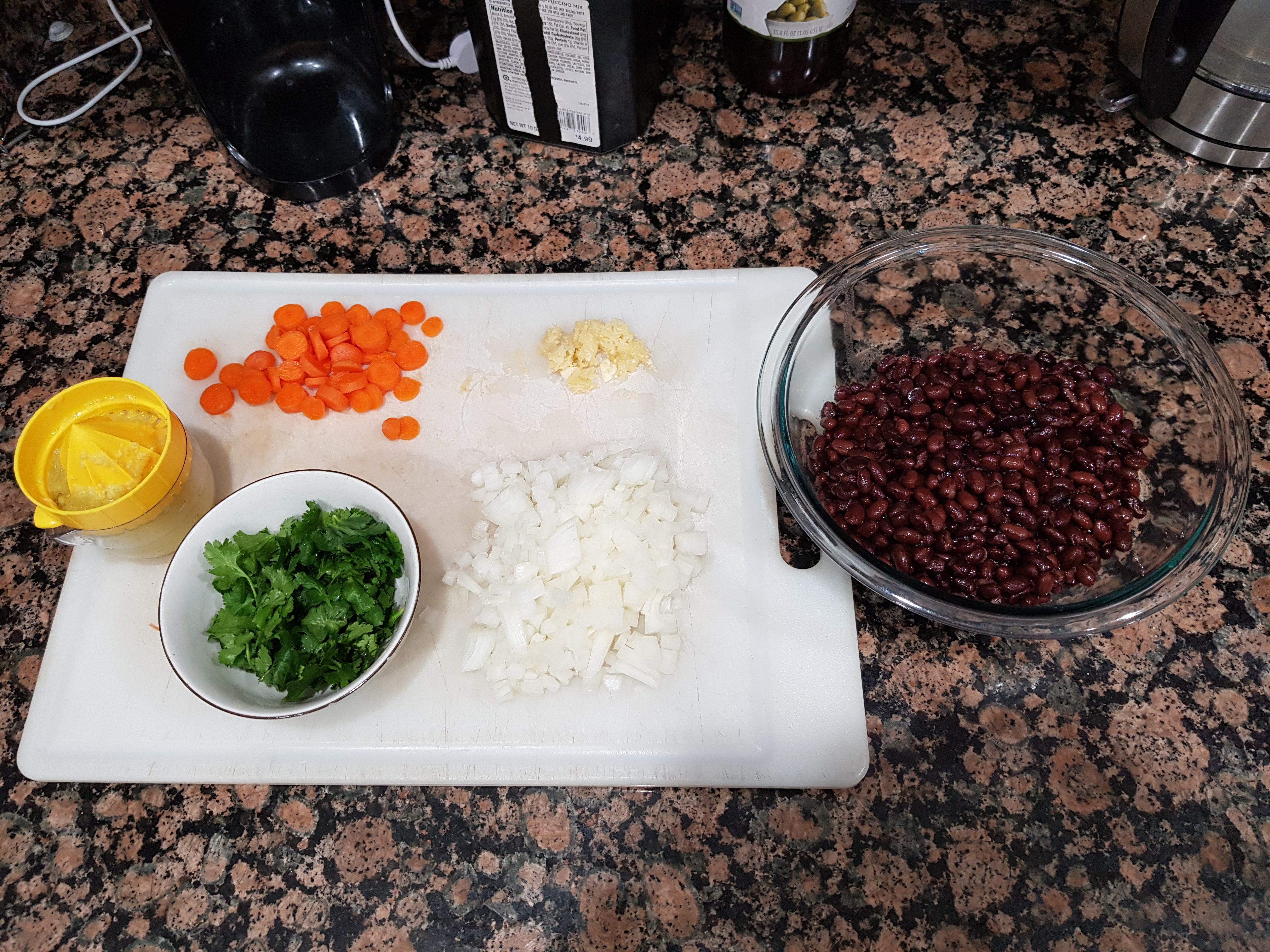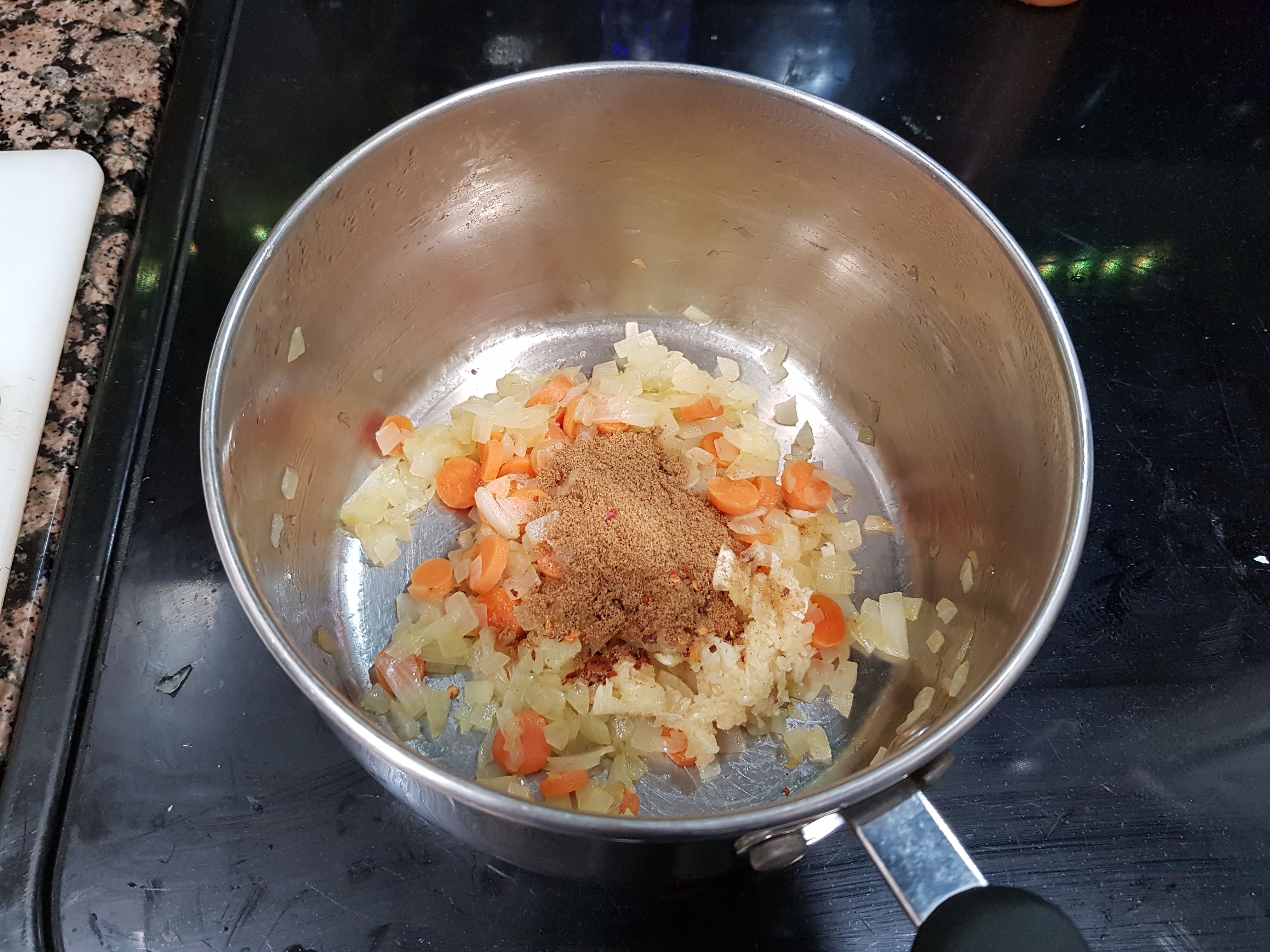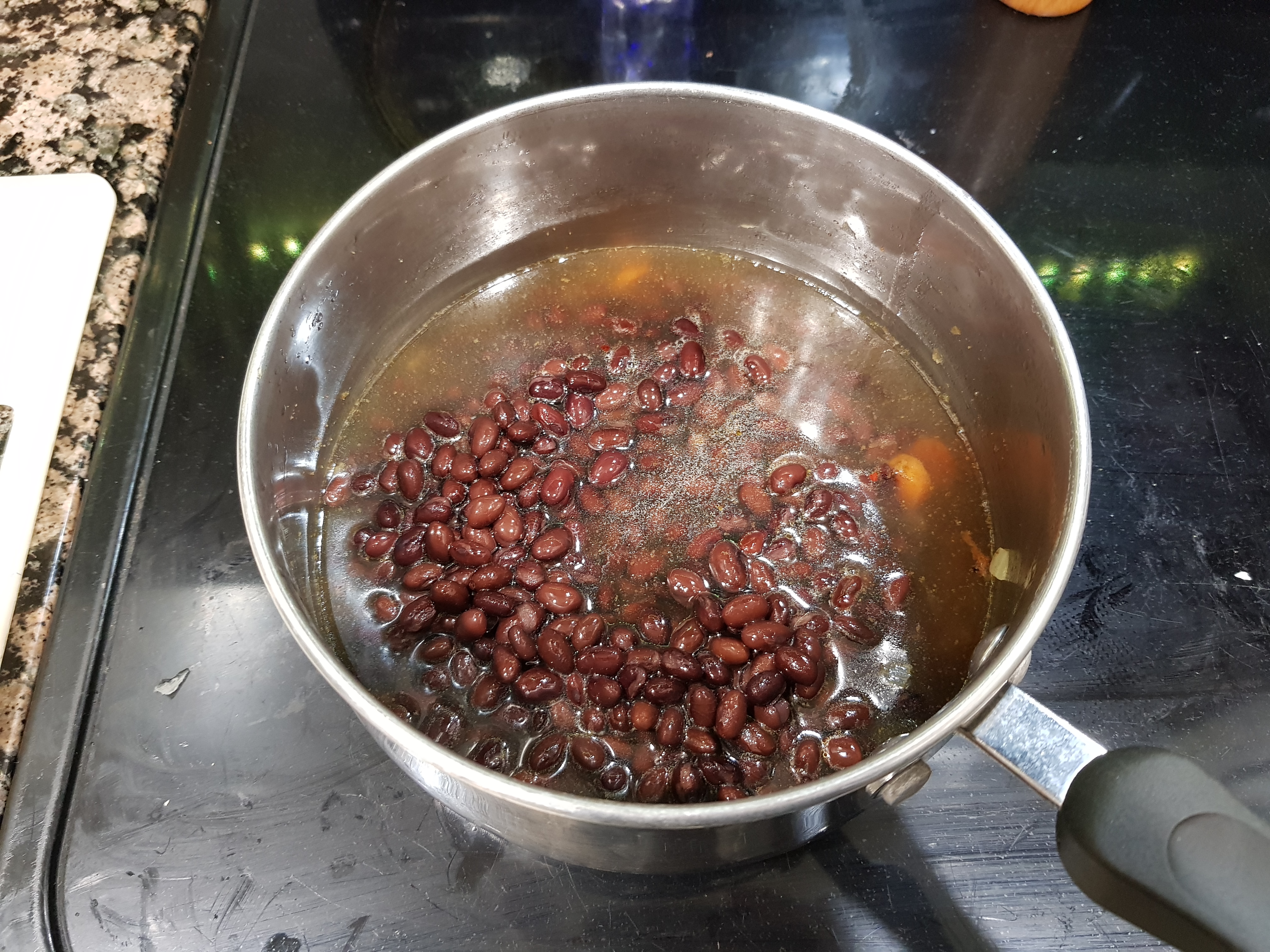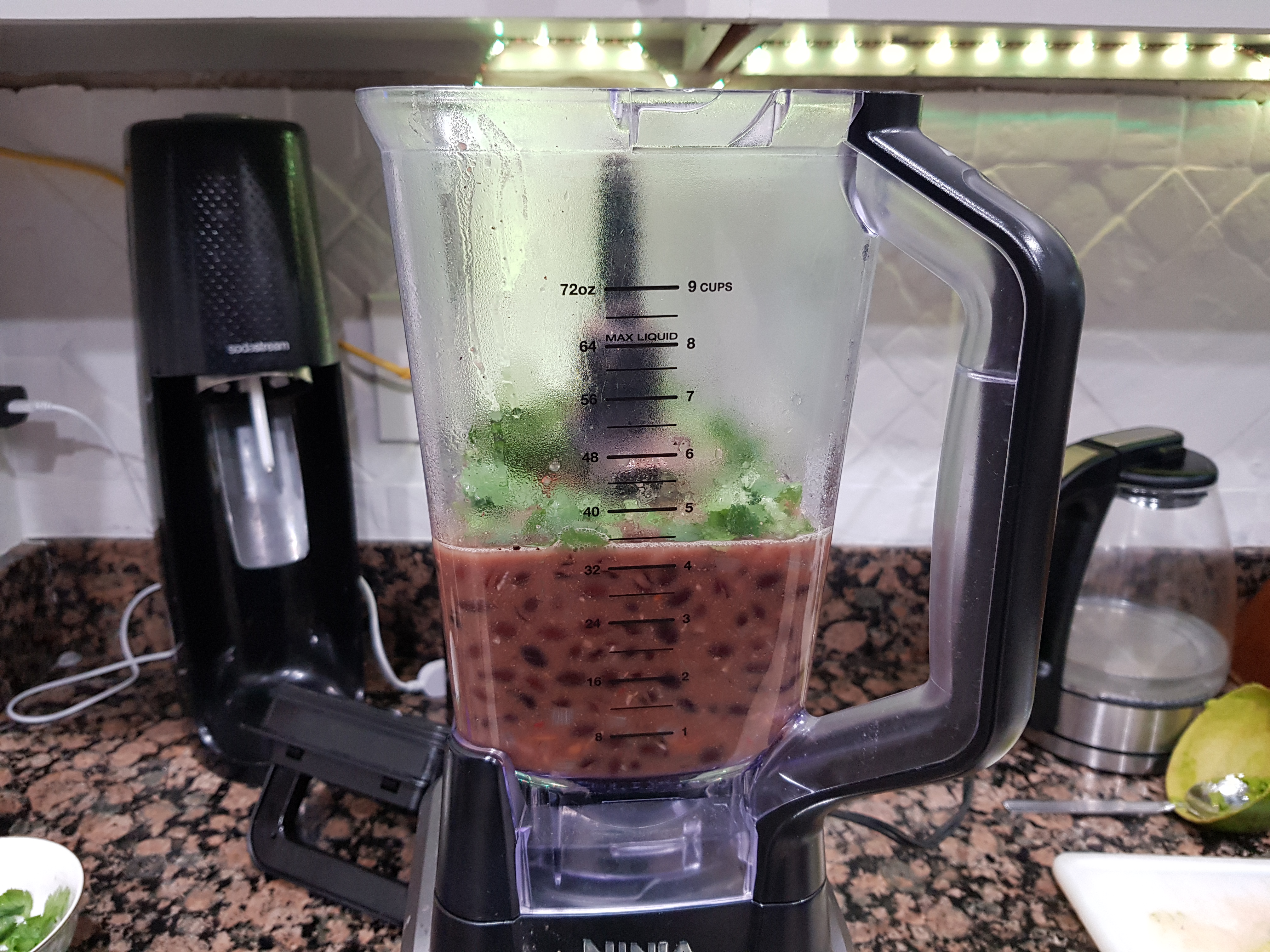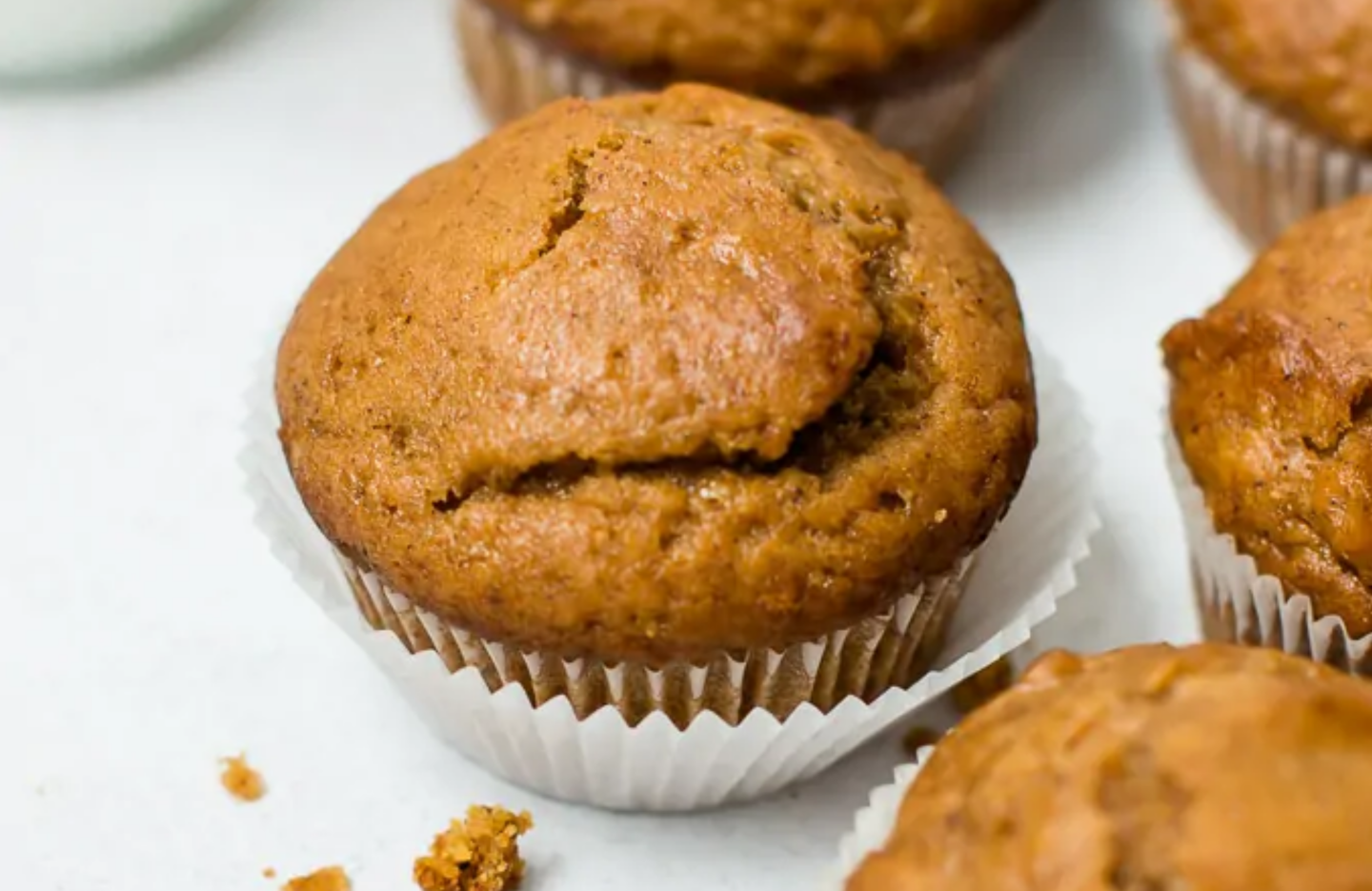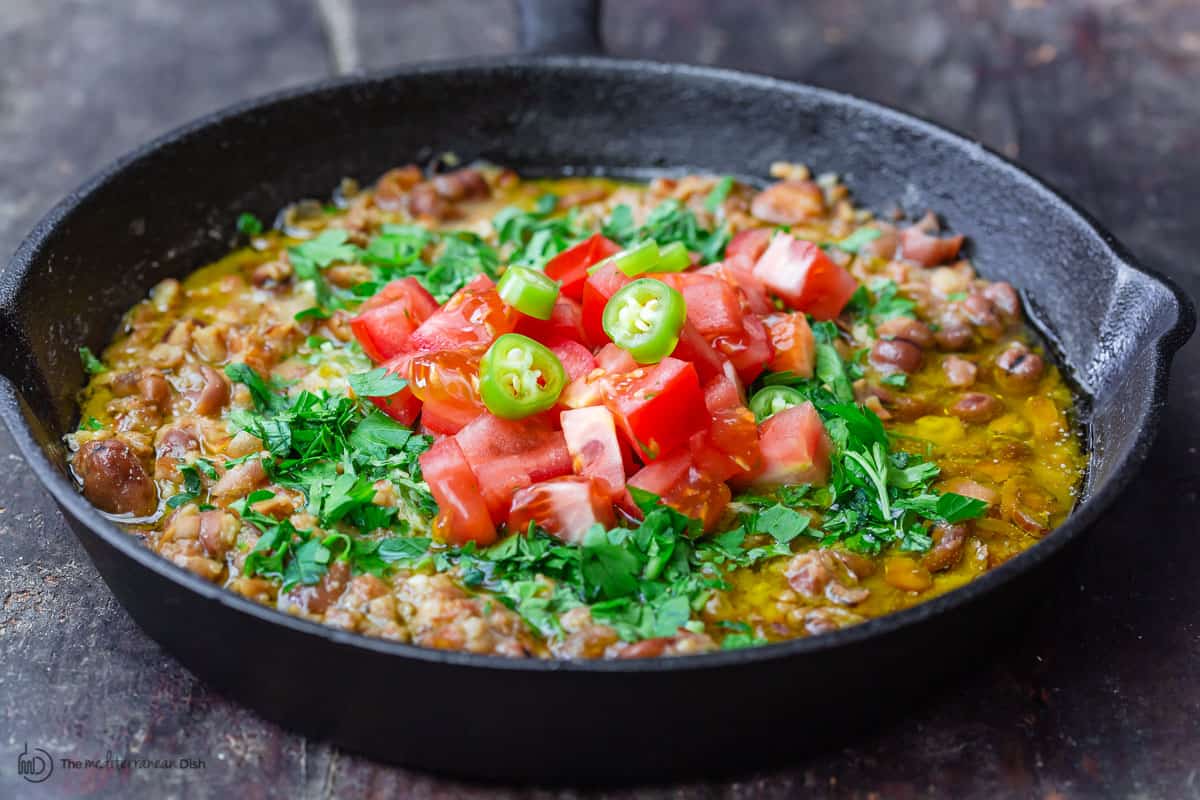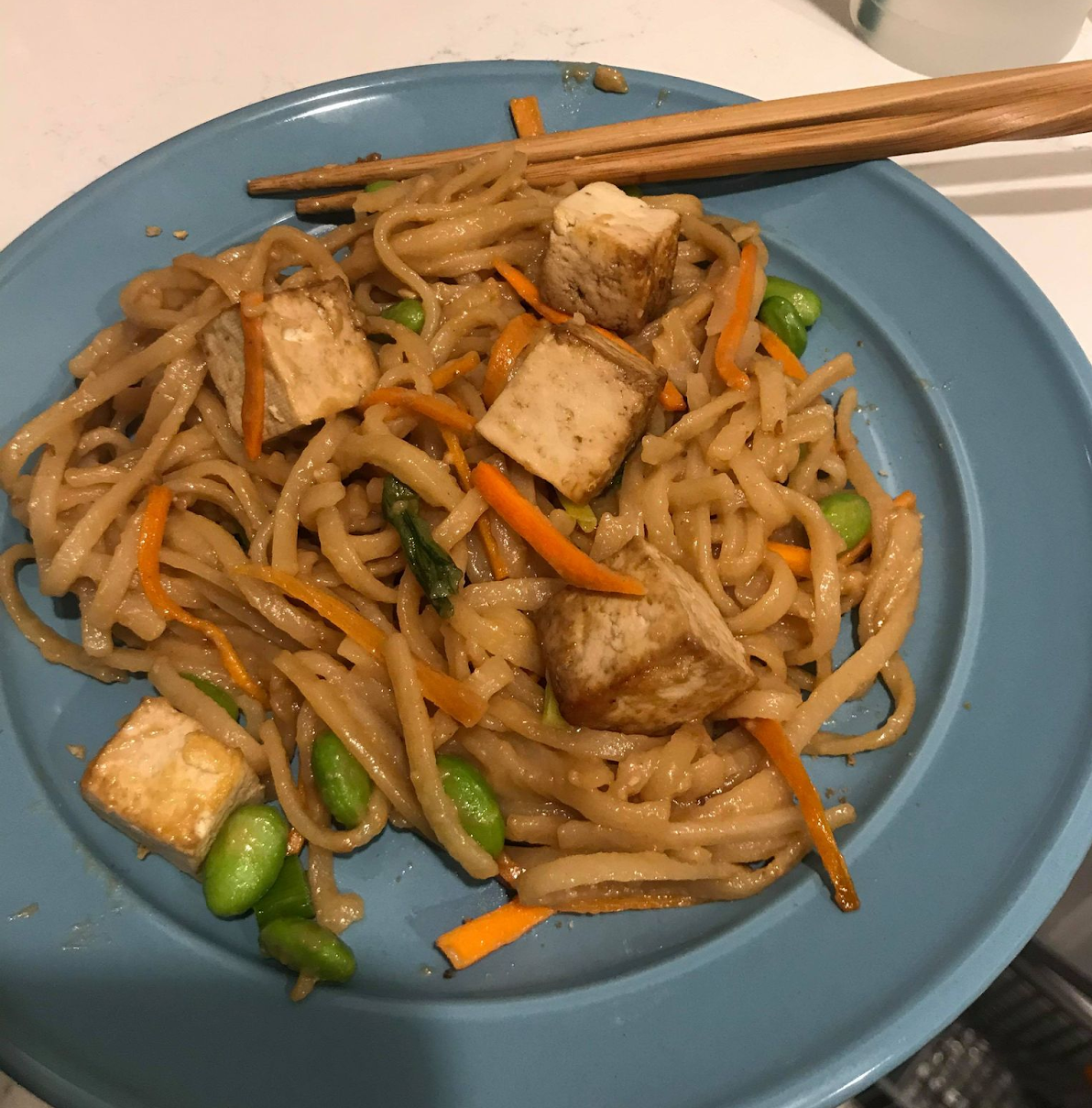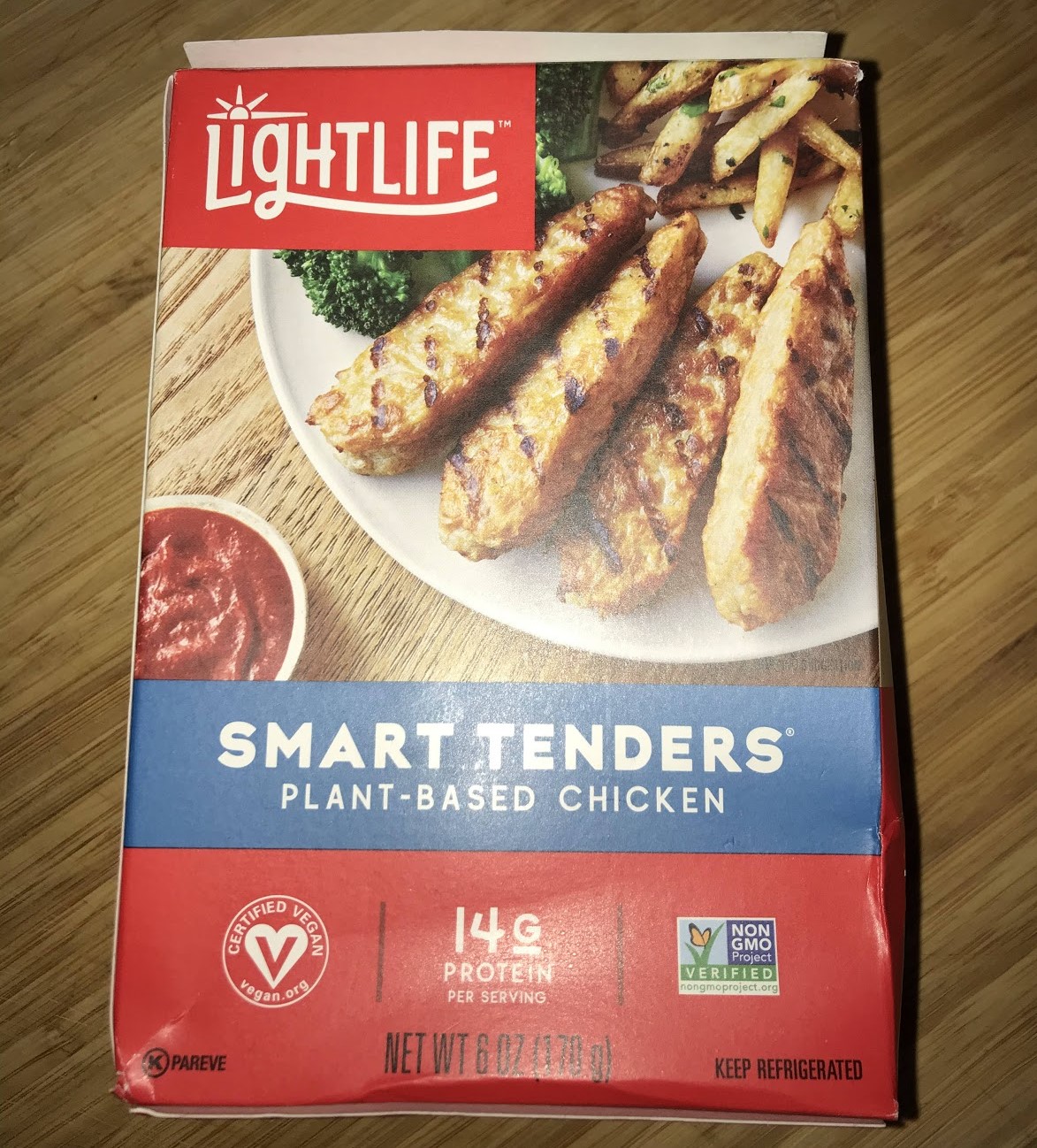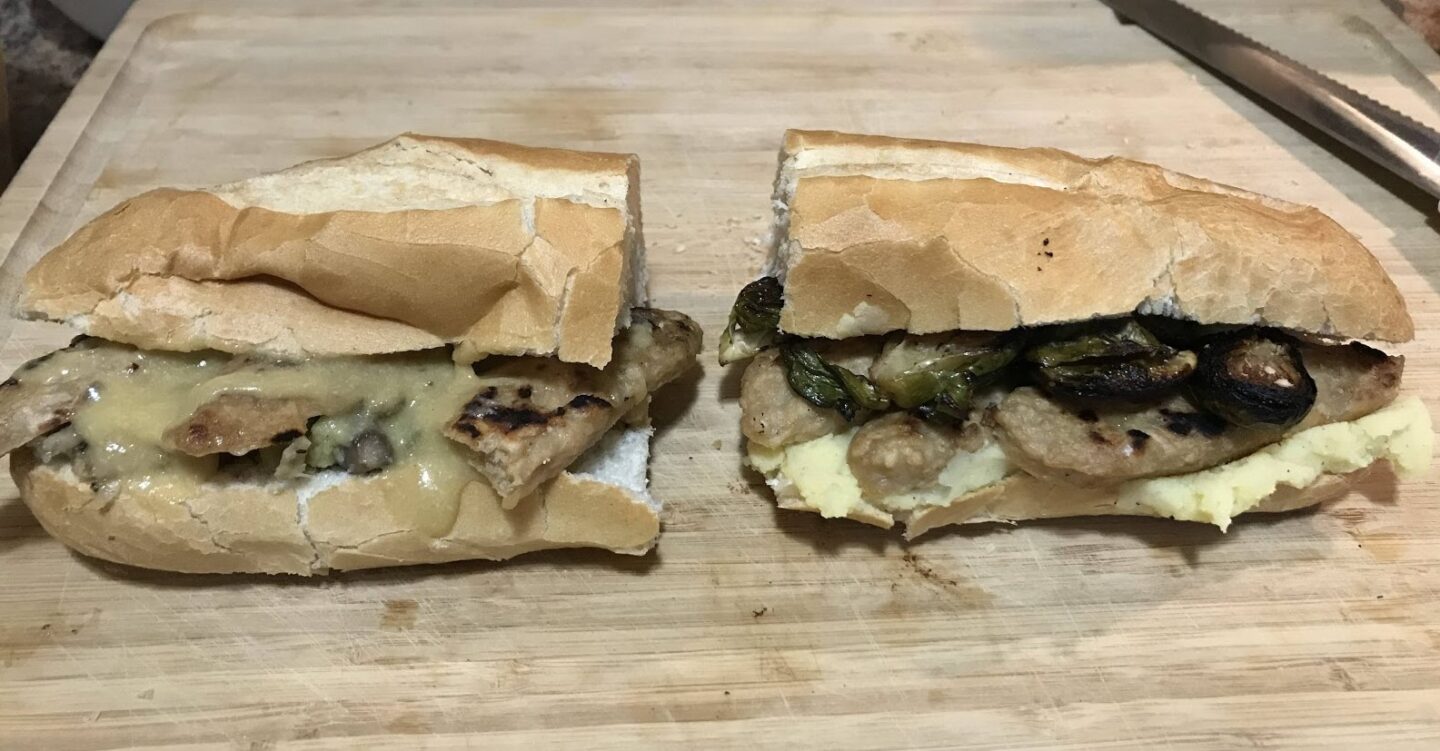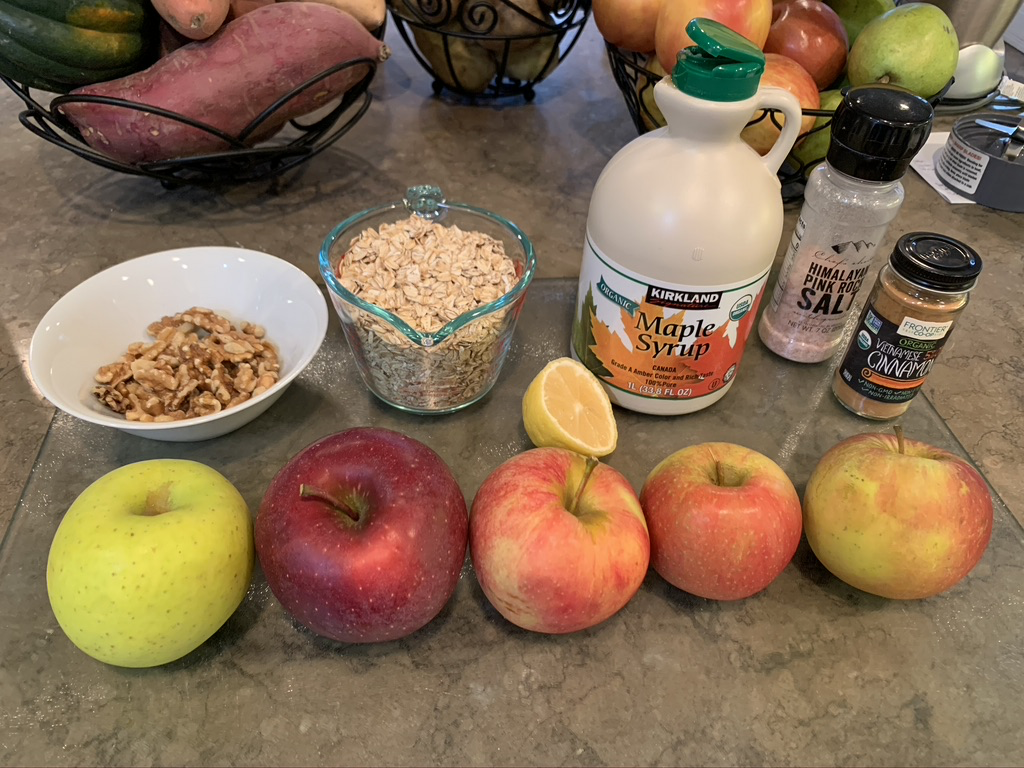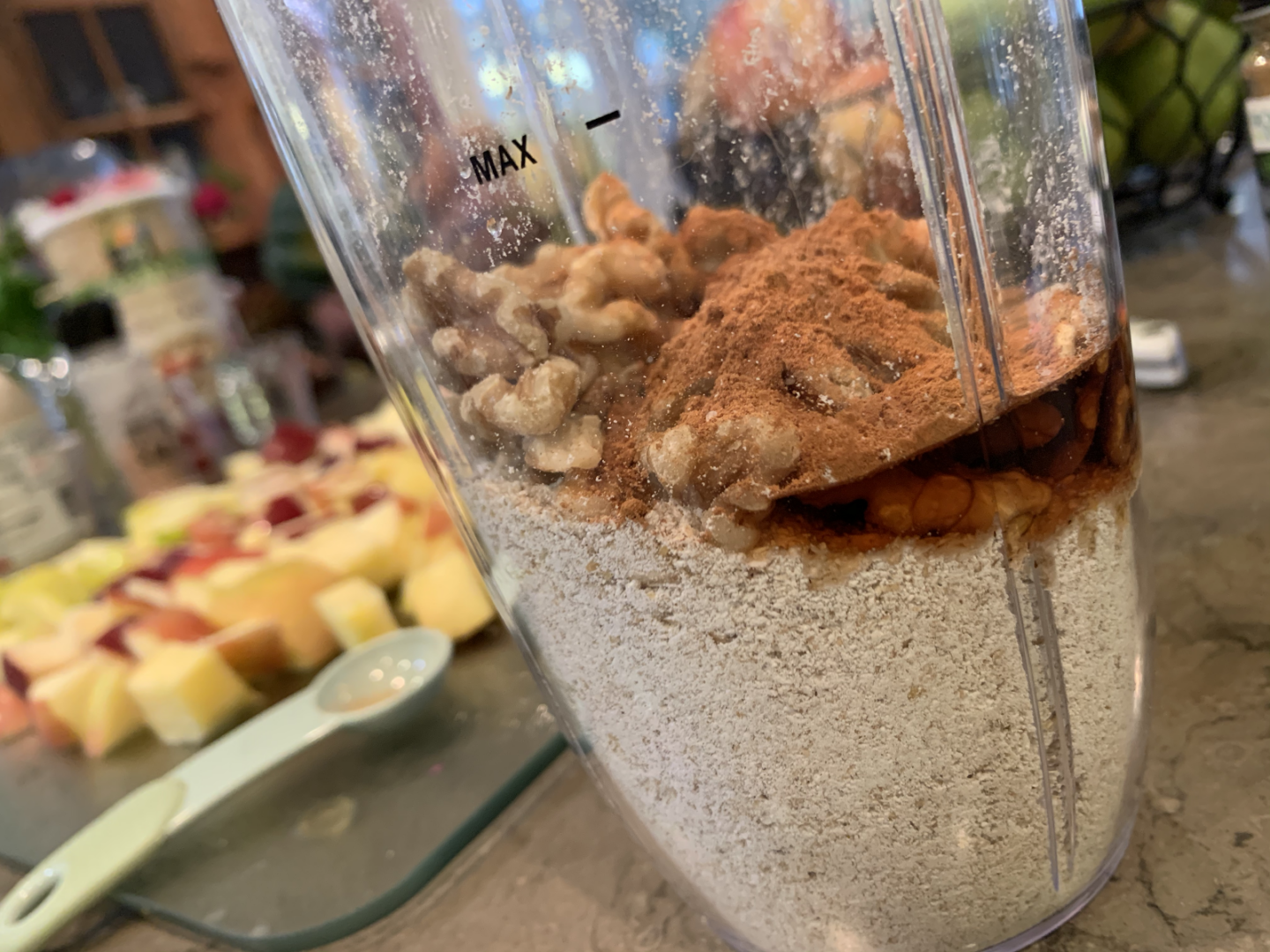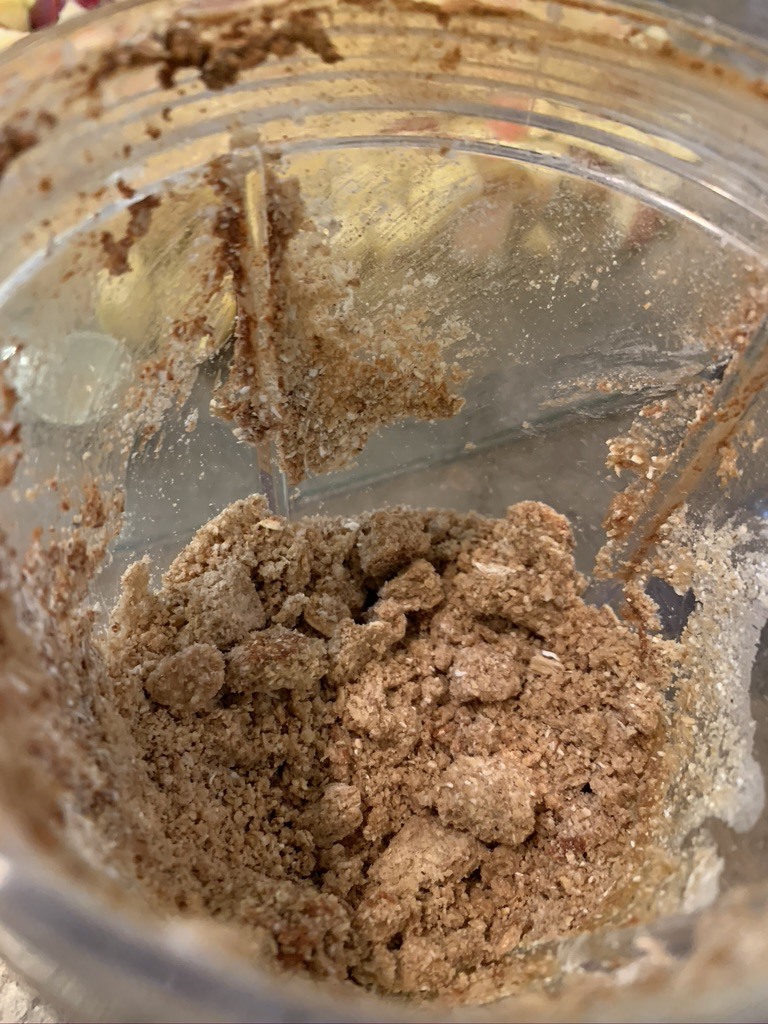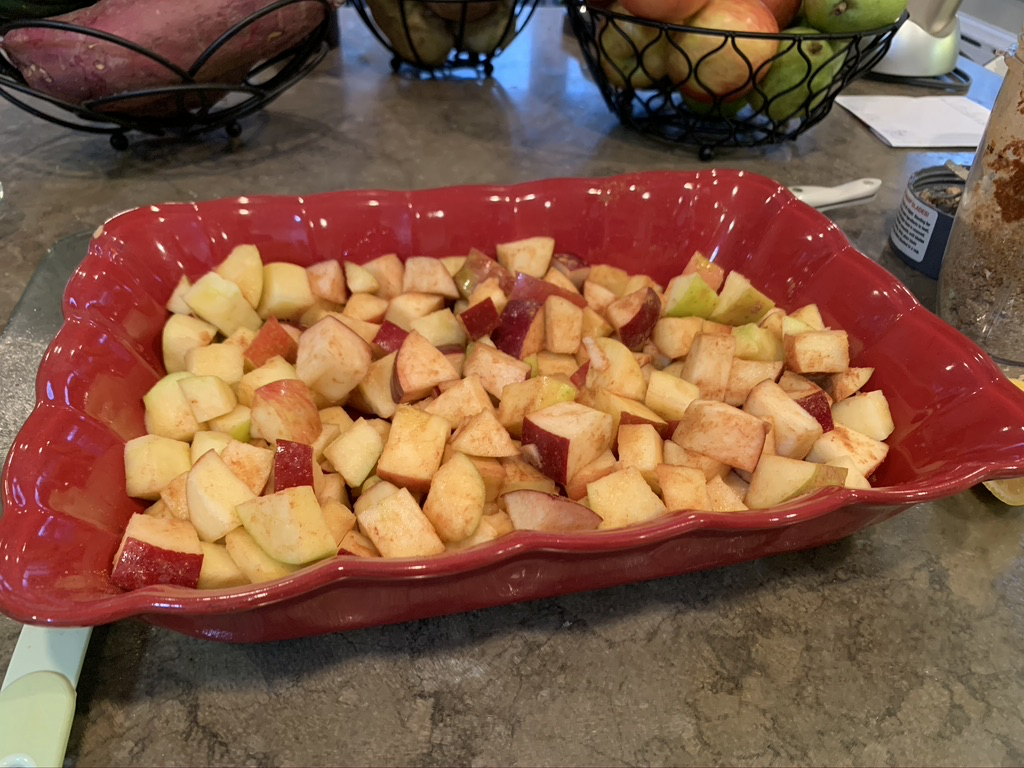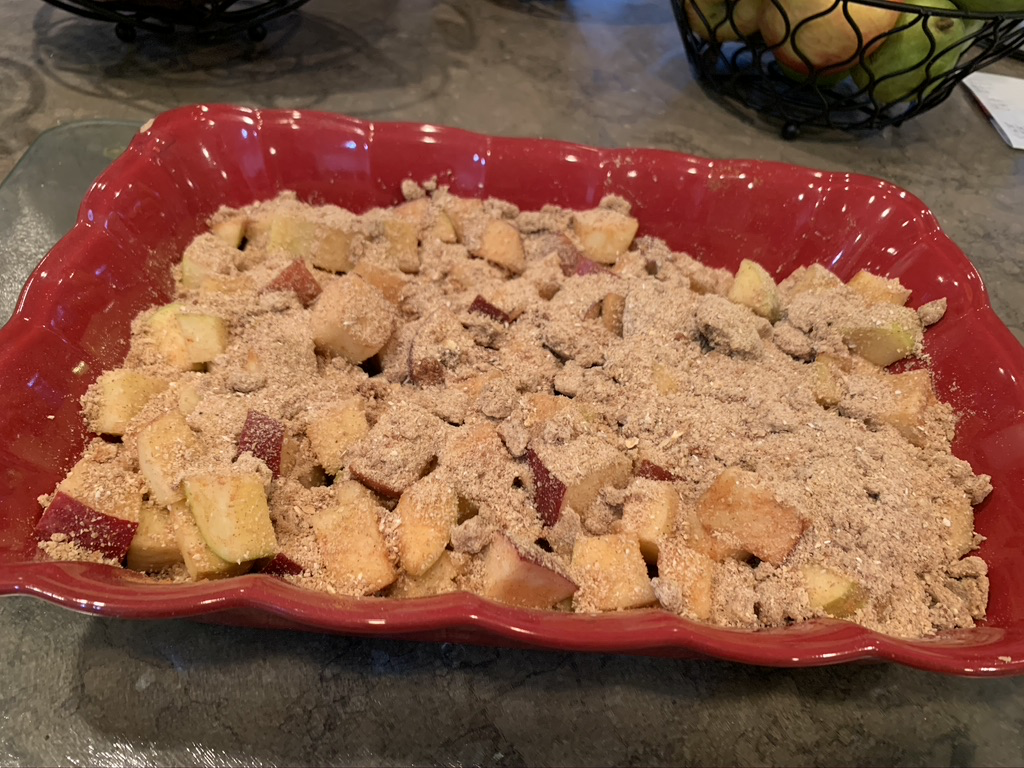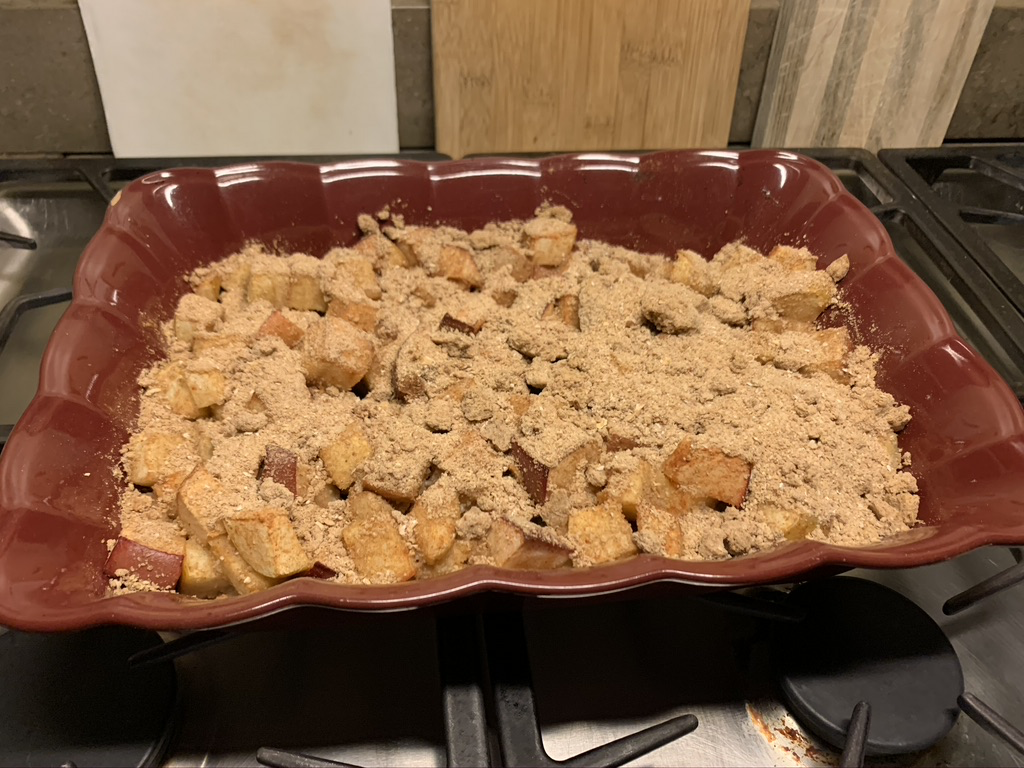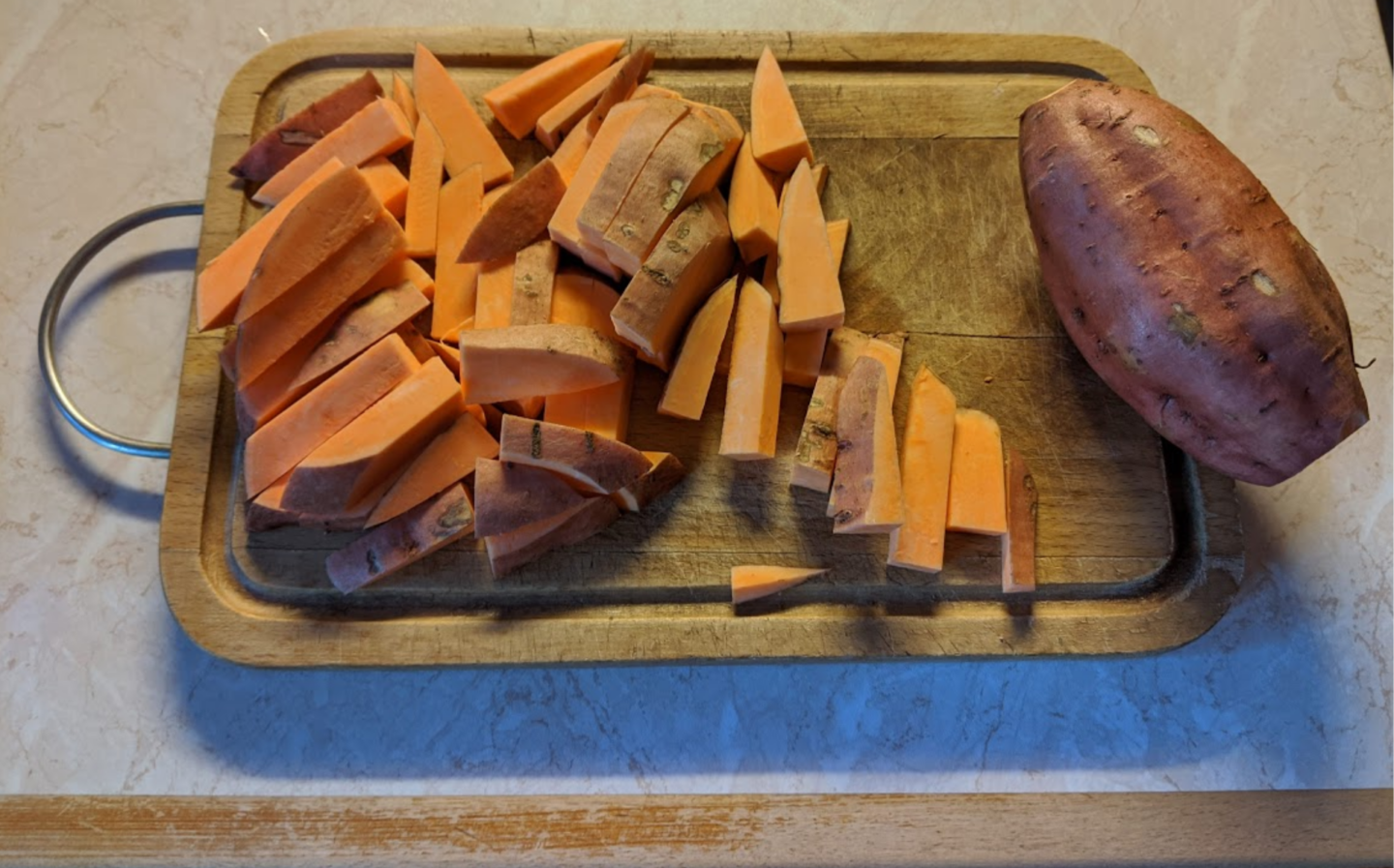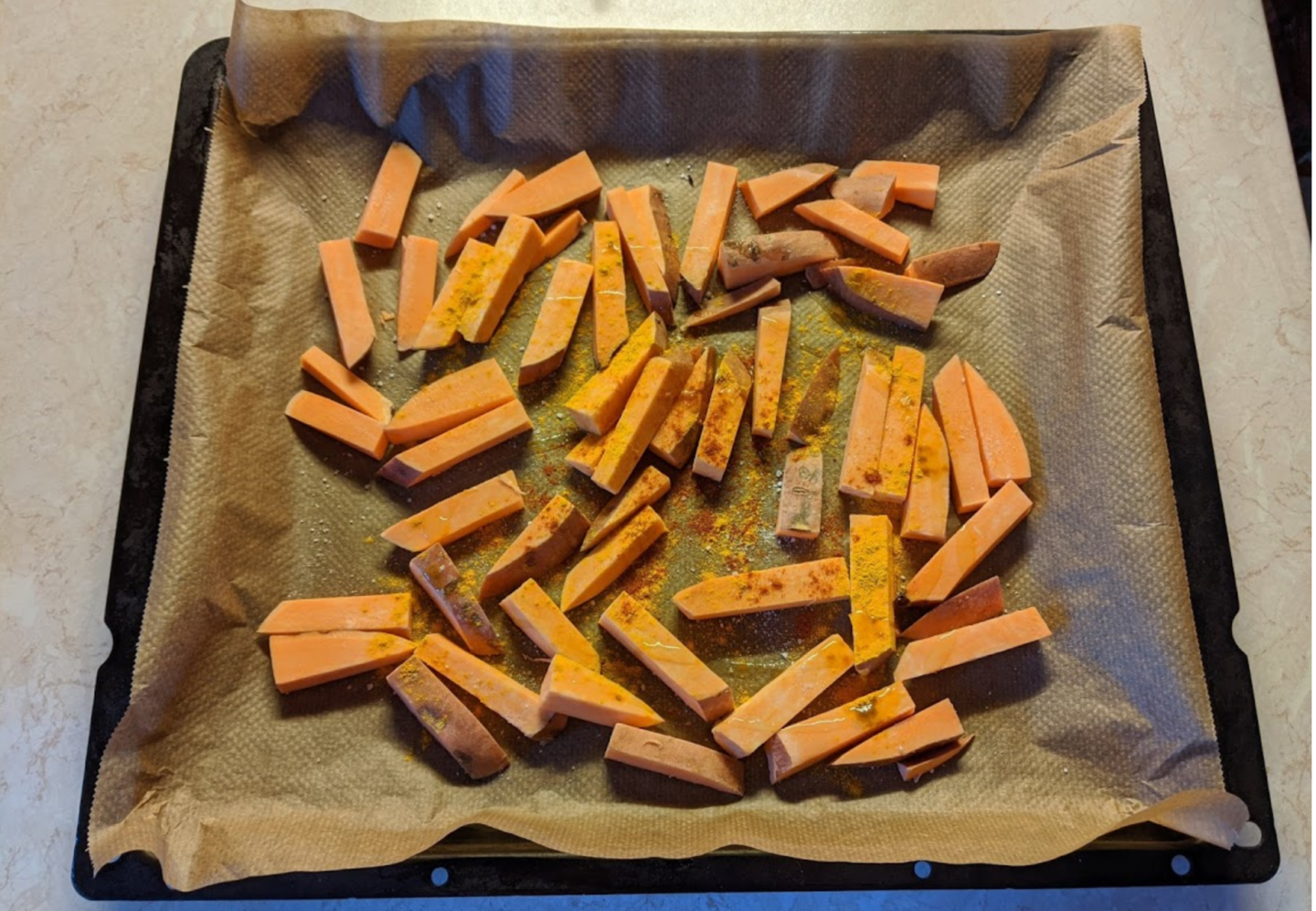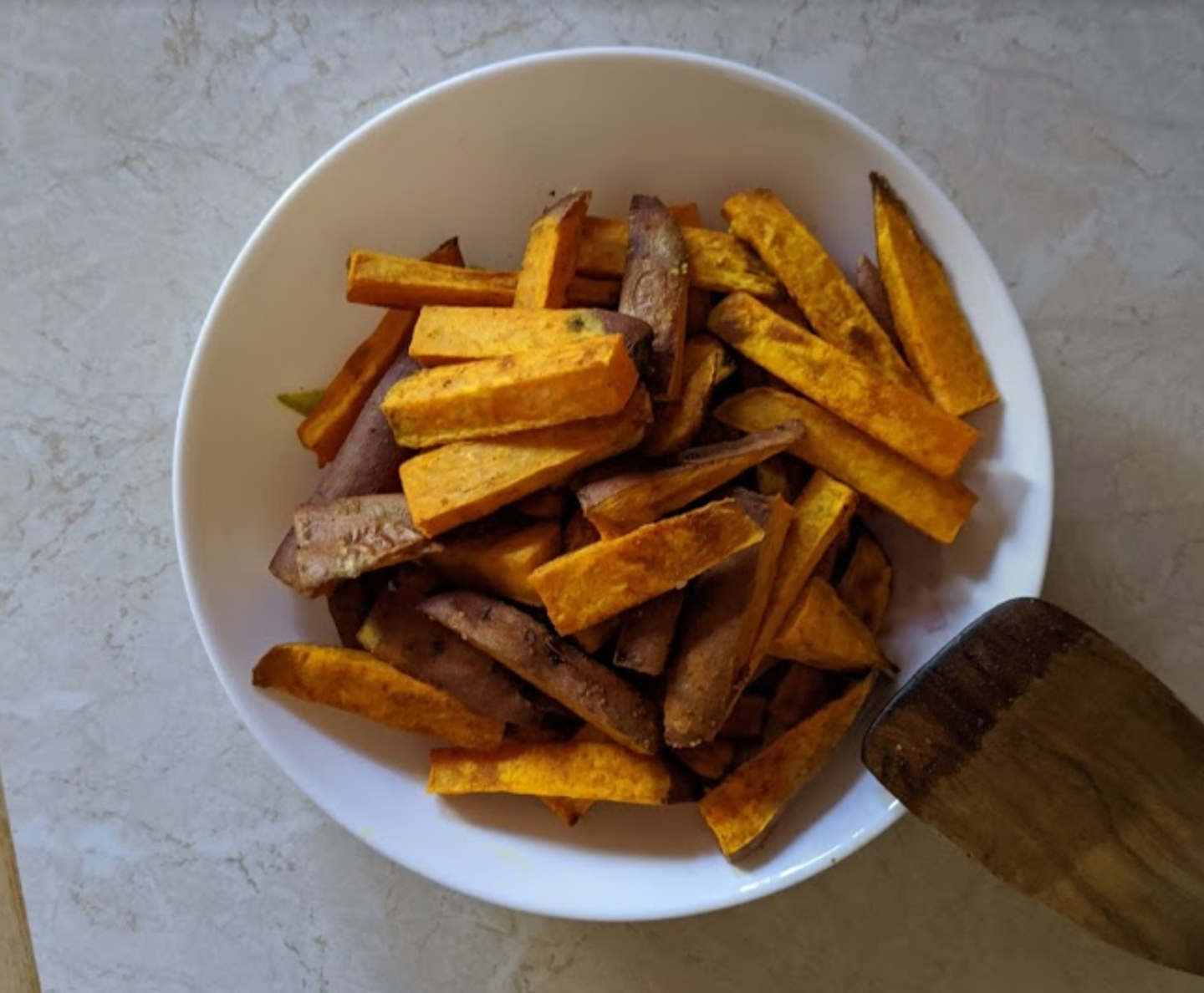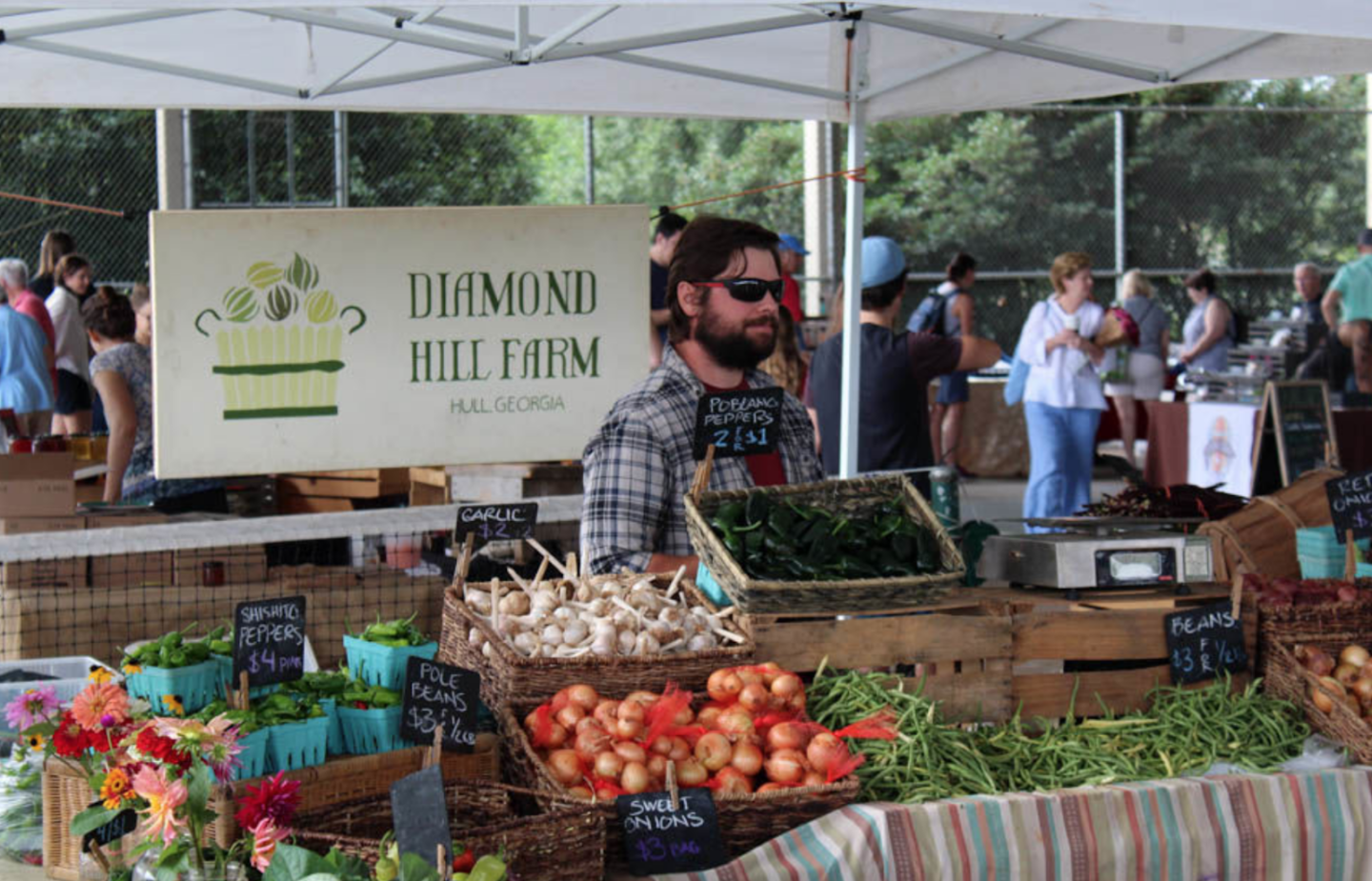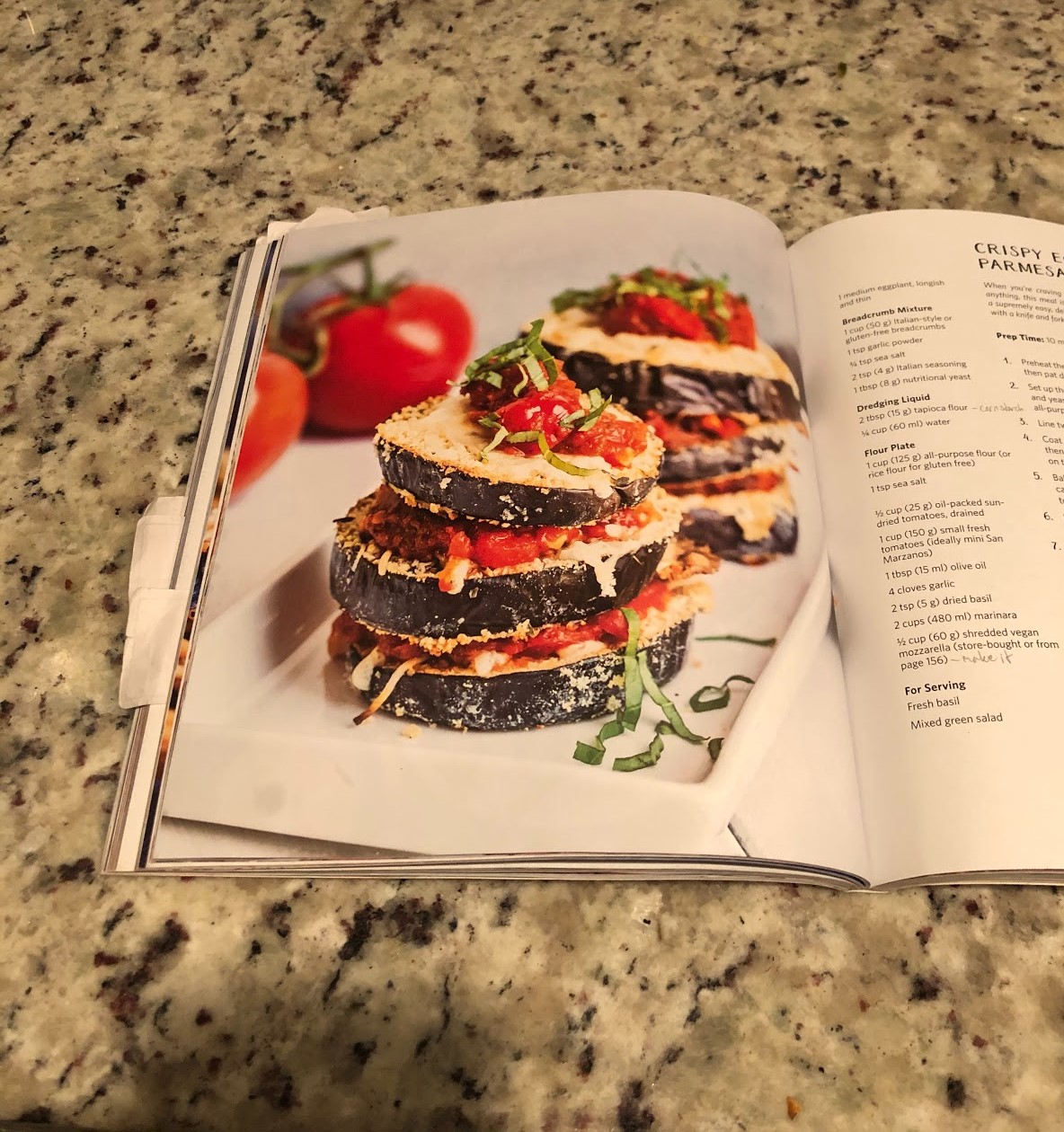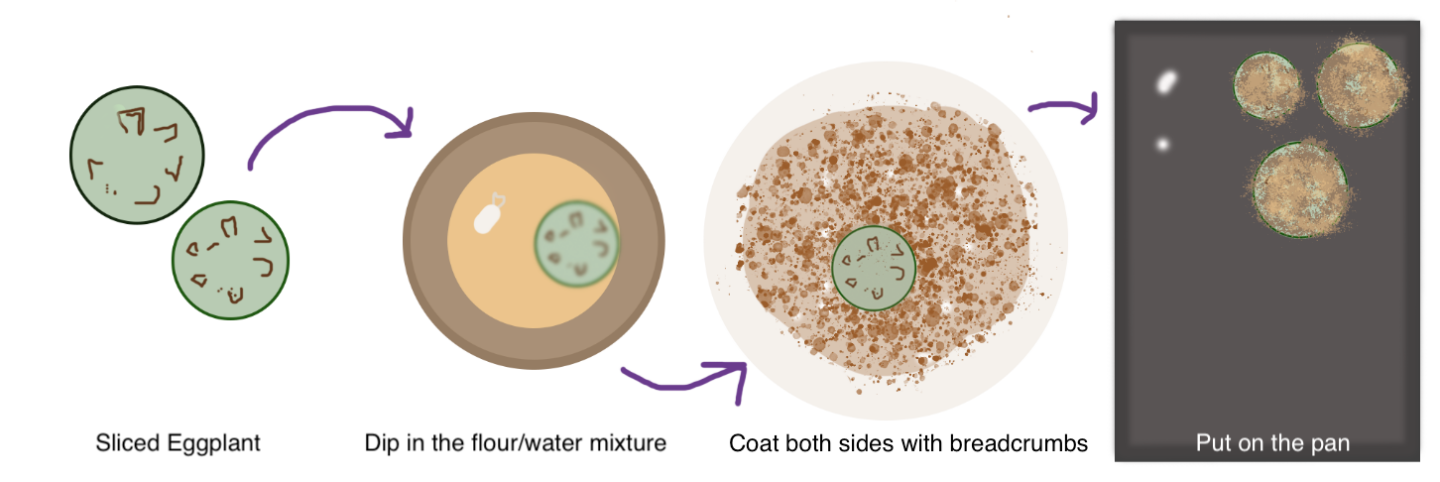Author: Adam Elkins ‘23
For everyone on campus, we’re all so excited that the dining halls have opened back up, allowing us to eat hot food and spend time together with friends. Of course, they don’t look the same as they did last year. We’re still living during a pandemic, and as a result, we’re not able to implement many of our former sustainable dining practices. Nevertheless, there are still so many small ways you can practice sustainability while eating. I hope this post gives you some practical and simple ideas for protecting the environment–while you protect yourself!
Choose to Reuse
Bring reusable utensils and say no to plastic silverware. Plastic silverware isn’t recyclable, is deadly to sea creatures, and takes centuries to decompose1. While the dining halls can’t offer everyone reusable silverware, bringing your own utensils is perfectly safe, better for the environment, and easy to clean: simply wash in hot water with soap! It’s also cheap; the U-store sells metal cutlery for just a few dollars.
Along this vein, try drinking from a reusable water bottle. Just remember to fill it up at your closest filtered water station beforehand, because they can’t be filled in the dining hall. In addition, make sure to avoid other unnecessary single-use plastics, such as packaged foods and drink lids, and since student composting isn’t active, prevent food waste by only taking what you can eat.
Drink Local
While drinking water from a recyclable can is better than using plastic, it’s still not as sustainable as a reusable bottle. The water in these cans is often shipped across the country consuming fossil fuels, and there’s no guarantee that the cans end up recycled anyway. Instead, try one of the hundreds of filtered bottle-filling stations across campus, which supply water from the local watershed2. If you don’t have a filling station in your dorm, do not fear! You can request one to be installed here; however, tap water from the sinks on campus is perfectly safe and comes from the same place as the filling stations. I drink it every day myself!
Recycling
Recycle! …just be smart about it. Recycling guidelines are different everywhere, and just because you could recycle something in your hometown doesn’t mean it can be recycled on campus. On the flip side, you might be able to recycle materials that went to the landfill at home! Download the Recycling on Campus app for more information on what can and can’t be recycled. If too many non-recyclable materials, like the dining hall meal cartons, are put in the recycling, they can contaminate the whole batch. In that case, materials that would have been recycled are instead sent to the landfill. So remember: When in doubt, throw it out! Also, there aren’t recycling bins in the dining halls yet, but there are typically some just outside. We’re working with dining staff to change this, so for now, just make sure to hold onto your cans until you see a bin.
So there you have it! Just remember that the changes in our dining halls are happening for an important reason. While it’s a shame to have to pause some of Princeton’s most sustainable practices, there are still valuable steps that you can take to make a very real difference. Feel free to share with us how you practice sustainability in the dining halls!
References
- National Geographic https://www.nationalgeographic.com/environment/2019/06/carrying-your-own-fork-spoon-help-plastic-crisis/
- Office of Sustainability https://sustain.princeton.edu/resources/drink-local



